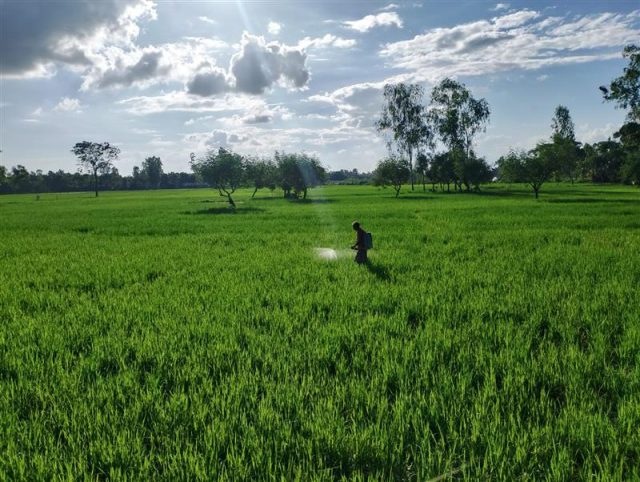Diet crisis in Africa’s low income urban zones but transition to nutritious foods possible
- From
-
Published on
08.01.20
- Impact Area

CGIAR, the world’s largest global agricultural research network, has traditionally focused on rural areas. But now cities are attracting its gaze.
There are two compelling reasons for this shift. First, urban dwellers in Africa often have higher rates of malnutrition than their rural counterparts and, second, urban centres are large consumers of food produced in rural areas and in the process are altering the producing areas, sometimes beyond recognition.
Related news
-

New Genomic Discovery from ICRISAT Could Save Farmers Millions by Preventing Groundnut Sprouting Before Harvest
International Crops Research Institute for the Semi-Arid Tropics (ICRISAT)02.12.25-
Food security
-
Poverty reduction, livelihoods & jobs
Breakthrough study identifies varieties and key genes to halt sprouting before harvest in groundnut …
Read more -
-

From Dirt to Decision-Making: Governance and Soil Health Must Go Hand in Hand
Multifunctional Landscapes Science Program26.11.25-
Biodiversity
-
Environmental health
-
Environmental health & biodiversity
In October, the world convened in Des Moines for the 2025 Borlaug Dialogue under the…
Read more -
-

Cultivating climate-smart rice: How specific cultivars and smarter fertilizing can cut emissions and maintain yield
International Rice Research Institute (IRRI)19.11.25-
Climate adaptation & mitigation
-
Food security
By Bushra Humaira Sadaf A team of researchers from the Bangladesh Rice Research Institute (BRRI), I…
Read more -
